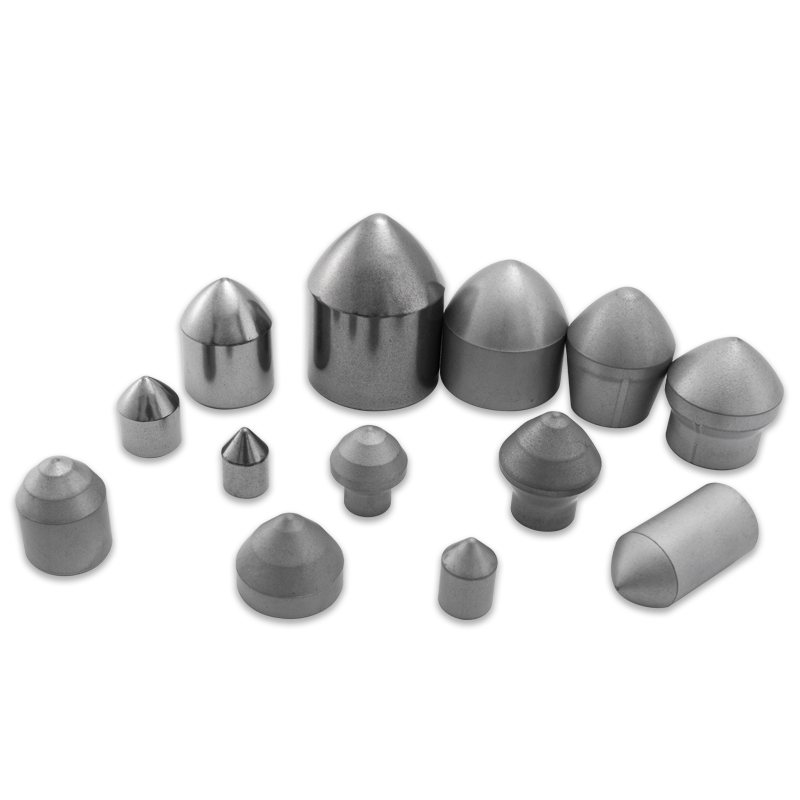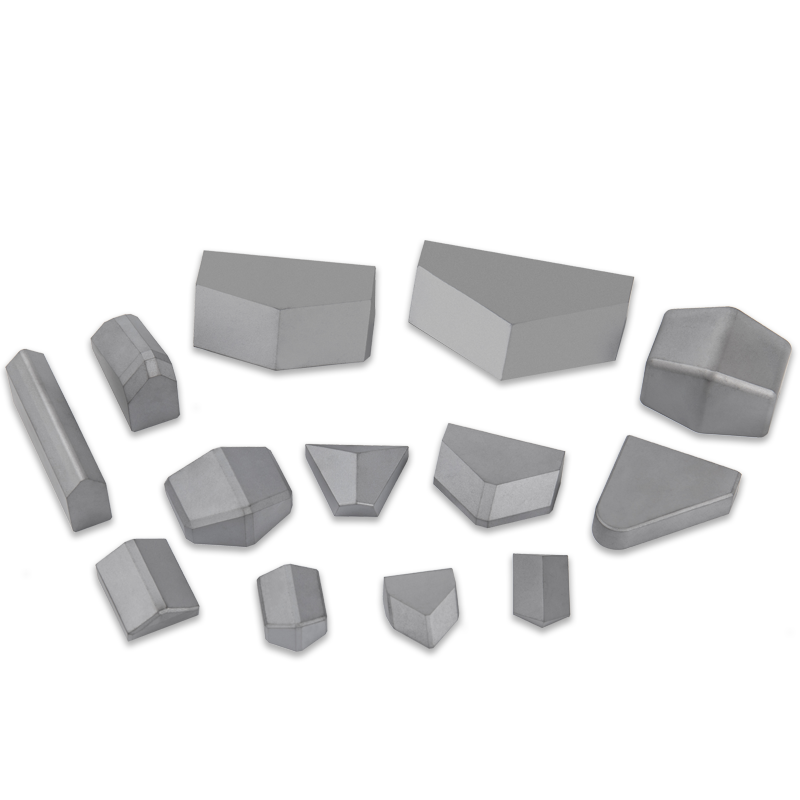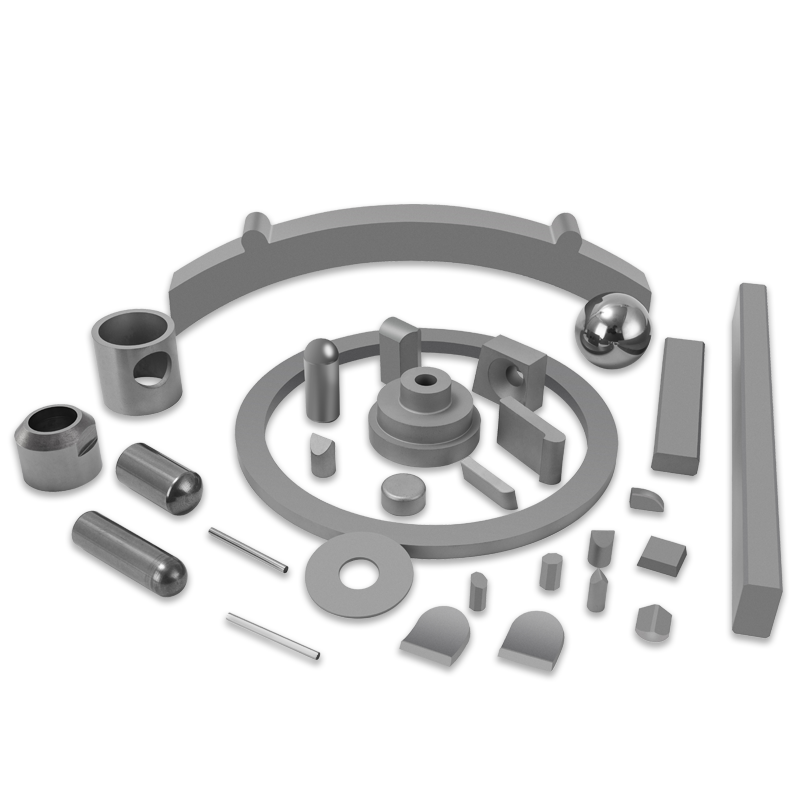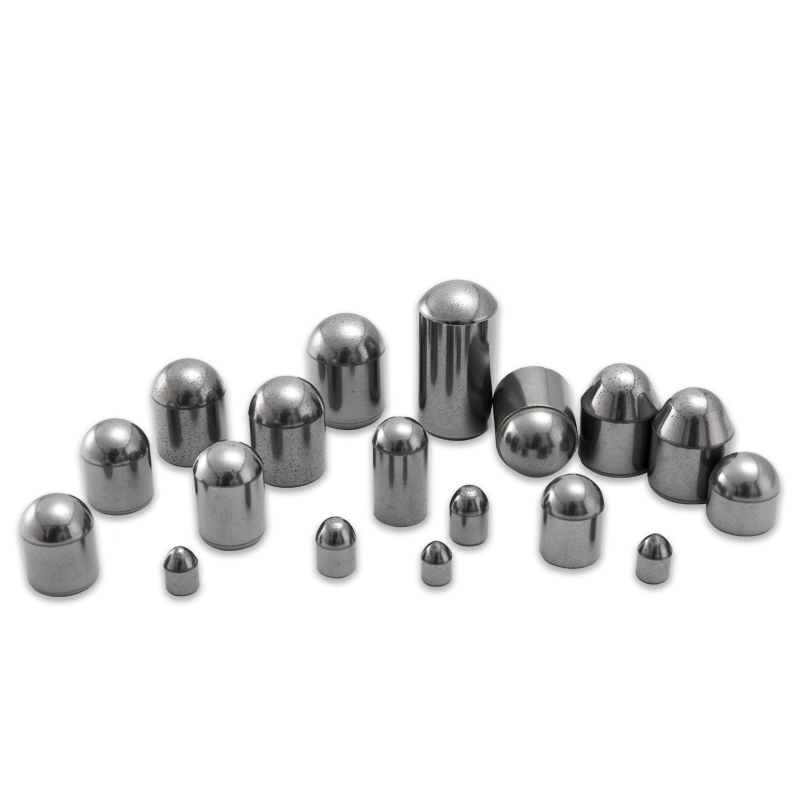What Are the Main Uses of Tungsten Carbide?
Industry News-Tungsten carbide (WC) is a compound made of tungsten and carbon atoms in equal proportions. Known for its exceptional hardness, high wear resistance, and excellent thermal conductivity, tungsten carbide is one of the most important and widely used materials in heavy industry, precision machining, and high-performance applications. Its unique properties make it indispensable across multiple sectors.
1. Cutting Tools and Machining Applications
The most prevalent use of tungsten carbide is in cutting tools for metalworking and woodworking. Due to its extreme hardness (typically around 9 on the Mohs scale), it can cut, mill, drill, or grind even the toughest materials. It is commonly used in:
Milling cutters
Drills and end mills
Turning inserts and lathes
Saw blades for wood, metal, and plastics
Tungsten carbide tools retain sharpness longer than high-speed steel (HSS) and can operate at much higher speeds, improving productivity and tool life in manufacturing environments.
2. Mining, Drilling, and Construction Equipment
In the mining and oil & gas sectors, tungsten carbide is essential for high-impact tools exposed to abrasive environments. It is used in:
Rock drilling bits
Coal cutters
Tunnel boring machine components
Oil and gas well drilling heads
Its resistance to erosion and deformation under pressure makes it ideal for excavating hard rock and mineral deposits, even in extreme temperatures and corrosive conditions.
3. Wear-Resistant Components
Tungsten carbide is often used in wear parts where friction, abrasion, and impact are major concerns. It can extend the life of components many times over compared to conventional steel. Common examples include:
Valve seats and stems
Pump seals
Bearing surfaces
Nozzles (e.g., sandblasting or spray nozzles)
Bushings and wear plates
These components are especially useful in the chemical industry, power plants, and mechanical systems that operate continuously under stress.
4. Tool and Die Manufacturing
In metal forming industries, tungsten carbide plays a crucial role in:
Cold heading dies
Wire drawing dies
Punching and blanking dies
Because it resists deformation under high pressure, it maintains tight tolerances and ensures consistent product quality during stamping and forming operations.
5. Jewelry and Consumer Products
Tungsten carbide has found a niche in the consumer market due to its scratch resistance and luster. It is often used in:
Wedding bands and rings
Watch bezels and bracelets
Luxury pens and accessories
These items are favored for their durability and premium, polished appearance.
6. Aerospace and Automotive Components
In aerospace and automotive engineering, tungsten carbide is used for parts that demand high strength, impact resistance, and dimensional stability, such as:
Precision engine components
Fuel injector parts
Turbocharger rotors
Aircraft control surface bearings
Its ability to maintain performance under heat and load makes it ideal for these critical systems.
7. Defense and Ballistics
Tungsten carbide's high density and hardness make it ideal for military and defense applications, including:
Armor-piercing ammunition
Fragmentation-resistant armor plating
Shaped charge liners
It delivers superior penetration and protection compared to traditional materials like steel.
8. Medical and Dental Tools
In the medical field, tungsten carbide is used in:
Surgical scissors and forceps
Dental burs and drills
Orthopedic tools
Its sharp cutting edge and biocompatibility ensure precision and safety in surgical applications.
9. Electronics and Heat-Resistant Components
Due to its excellent thermal conductivity, tungsten carbide is also used in:
Semiconductor heat sinks
Conductive pastes
Wear-resistant electrical contacts
It ensures stable performance and longevity in electronic devices and industrial automation systems.
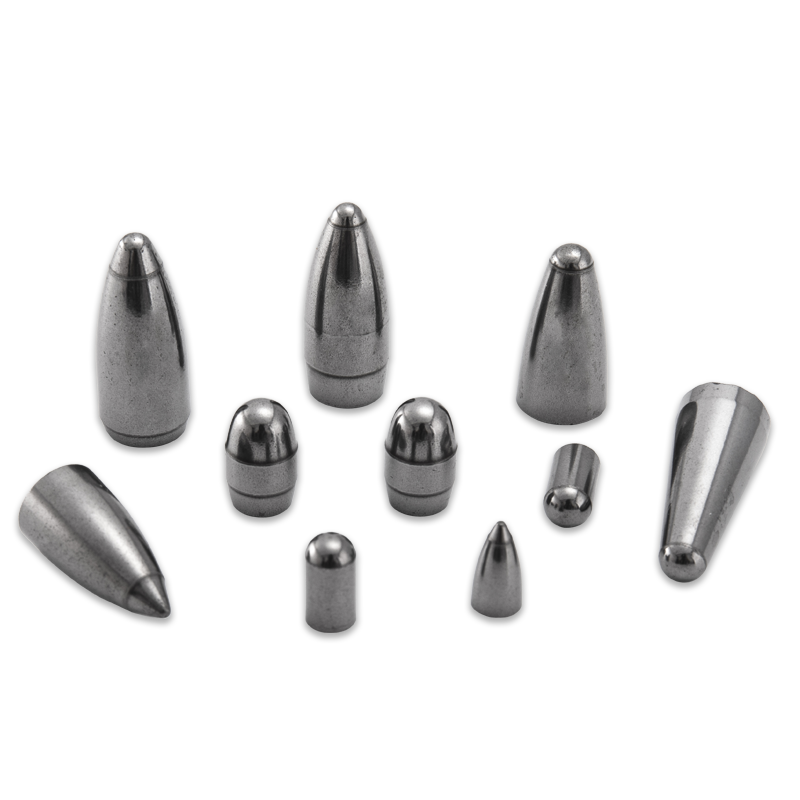


 English
English русский
русский